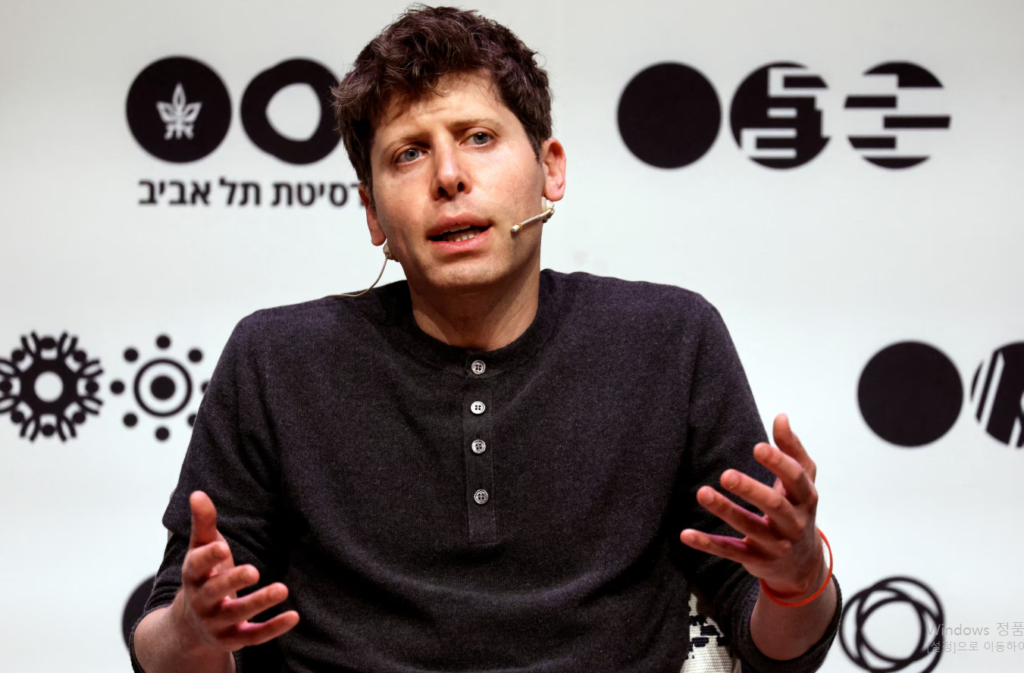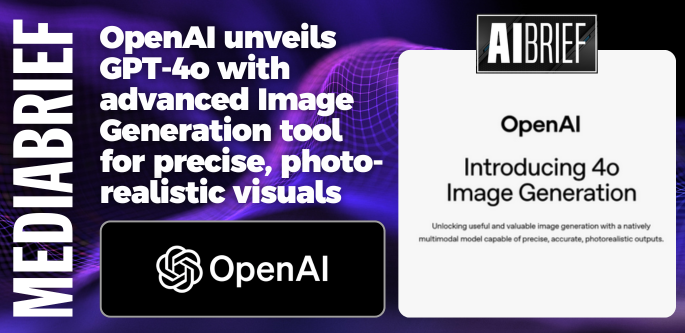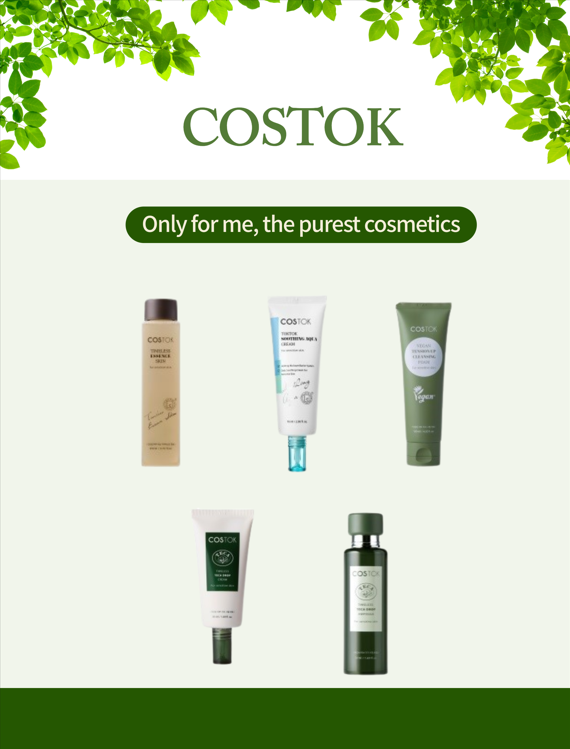
Since the inauguration of the second Donald Trump administration, OpenAI has lowered the intensity of image generation restrictions amid growing calls for deregulation related to artificial intelligence (AI). Although it has comprehensively banned the generation of celebrity images due to deepfake concerns, it will apply them flexibly in the future by considering the context.
Joanne Chang, general director of open AI model behavior, said on her X account on the 28th, “We will shift the image generation policy from uniform rejection to allowing it in context.” “We still strongly block the context of hate promotion or ridicule,” she said, “but we also allow expression of sensitive topics when there is no possibility of actual damage and the educational and academic purpose is clear.”

For example, OpenAI explains that a request to “draw eyes like Asians” is allowed if it is not in the context of ridicule. “Rejecting a request to create an image unconditionally implies that the attribute of ‘Asian eyes’ is inherently unpleasant,” explained Jang. The Hakenkreuz pattern, a symbol of “Nachi,” was also rejected unconditionally in the past regardless of context, but in the future, it will be allowed for academic and educational purposes.
Recently, there have been controversies over copyrights as well as ethical issues. The image-generating model installed on ChatGPT-4o by OpenAI on Monday transforms or re-creates a photo that you want into an animation style such as Disney and The Simpsons in just a few seconds. Notably, OpenAI’s servers are overloaded with the popularity of Hayao Miyazaki’s “Studio Ghibli” style.
In this regard, the U.S. IT media Deformation predicted, “Studio Ghibli expects to sue OpenAI for copyright infringement soon.” However, it is unclear whether copyright infringement will actually be recognized as the Japanese Cultural Agency judges in its guidelines on “AI and Copyright” that “the painting style is only an idea, so the overlapping of the painting style does not constitute a copyright infringement in itself.”
JENNIFER KIM
US ASIA JOURNAL



